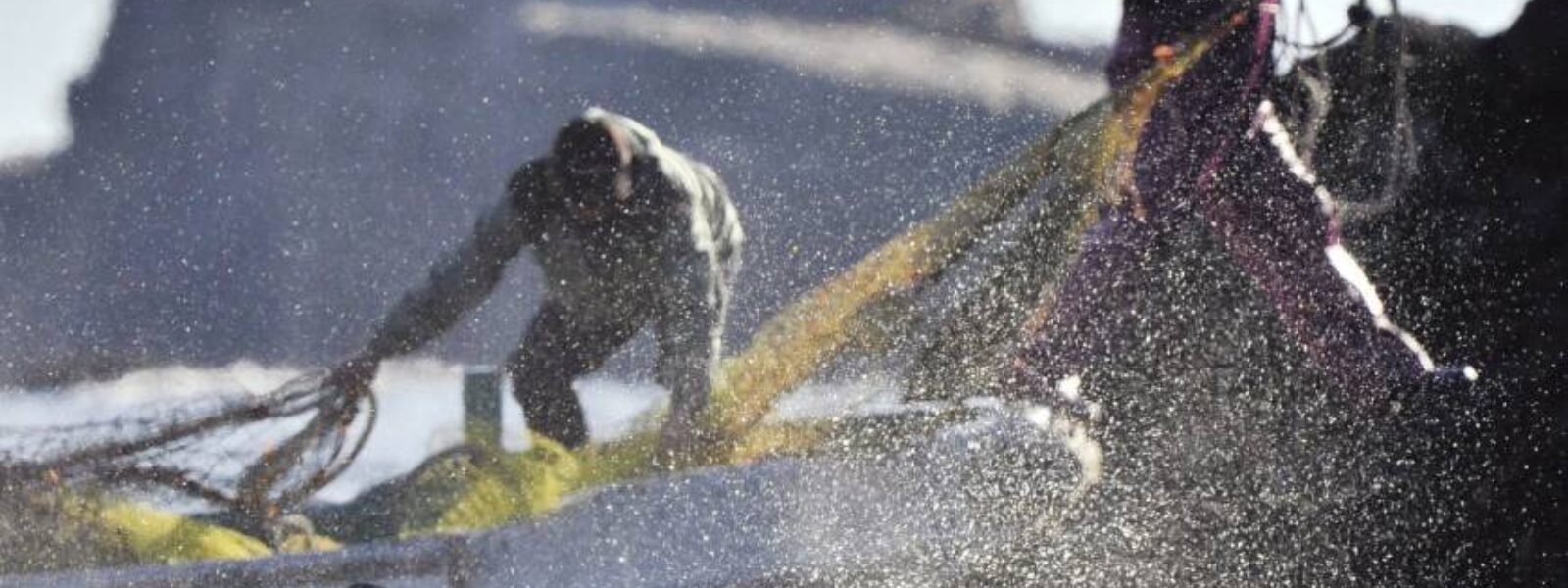

A recent article from Kyodo News in Japan gives numbers for the Taiji dolphin hunts, a first for those numbers to actually come out publicly in the Japan media.
The story claims that: “(s)ales of dolphin and other small cetaceans caught in controversial drive hunts in Taiji, Wakayama Prefecture, increased by almost 40 percent…” This account is referring to live dolphins for the captivity trade. The captures occurred despite the ban on sales of live dolphins to major aquariums in Japan that are members of the Japan Association of Zoos and Aquariums (JAZA).
There is a strong trade in live dolphins to places like China, Russia, and the Middle East, where aquariums with dolphins are gaining in popularity. There are also many small swim-with-dolphins facilities and aquariums in Japan that are not members of JAZA. Unfortunately, when dolphins die in these parks, it is easy enough to get replacements from the hunts in Taiji. So far, the Taiji Whale Museum itself is the only aquarium that has dropped out of JAZA because of the ban on captured dolphins from the hunts.
Figures from CetaBase bear out the official capture numbers, based on estimates from observers from Sea Shepherd’s Cove Guardians. But this does not mean that Taiji has been able to sell all of their captive dolphins – CetaBase observers only count the number taken to captivity in Taiji, not sales, which are not public. During the 2014-15 hunt season, Taiji’s dolphin hunters caught 80 dolphins, based on observers (the Kyodo article claims 84 were caught). This past hunt season (2015-2016), Taiji caught 117 live dolphins, which is the same number for CetaBase as for the Kyodo article, about a 39% increase.
This again shows how the dolphin slaughter is changing from a hunt for meat into a hunt for captive dolphins for aquariums overseas. A dead dolphin only brings in about $500-600US on the meat market, whereas a trained dolphin can cost into the hundreds of thousands of dollars. Clearly, the boom in live dolphinariums around the world is continuing to subsidize the Taiji hunts.
However, the numbers given by Kyodo News for dolphins killed in Taiji differs radically from CetaBase observed kills. “(T)he Wakayama Prefectural Government data showed fishermen caught 936 cetaceans using the method during the September to April hunting season — virtually unchanged from 937 the previous season,” according to Kyodo News.
According to CetaBase numbers, only 902 dolphins were herded into the Cove in the 2015-16 hunt, of which 652 were slaughtered, 117 kept for captivity, and 133 were released. By contrast, the numbers for the previous season, which Kyodo News claims were “virtually unchanged”, were 1,084 dolphins were captured in the Cove, of which 751 were slaughtered, 80 retained for captivity, and 251 were released.
Of course, the numbers don’t necessarily mesh, as it is notoriously difficult for Cove Guardians to observe the kill and get an accurate count, as the police keep Guardians away from the Cove. It is also difficult to estimate the number of dolphins in the water.
Furthermore, the numbers for Taiji from CetaBase observations are only through February. The drive hunts begin in September and go until the end of February, when the Cove is in use. After that time, in March and April, the hunters can still harpoon dolphins, mostly pilot whales and striped dolphins, and bring them into Taiji harbor for butchering. It could be that the Taiji dolphin hunters made up the low number killed this past season from the drive hunts through hand-harpooning dolphins offshore, where observations are impossible.
There is room for skepticism, however. It would not be surprising for the Taiji dolphin hunters and the Japan government to be falsifying the numbers of dolphins killed in Taiji, both to claim that opposition to the hunts have not been having any effect and to cover up declines in local dolphin populations.